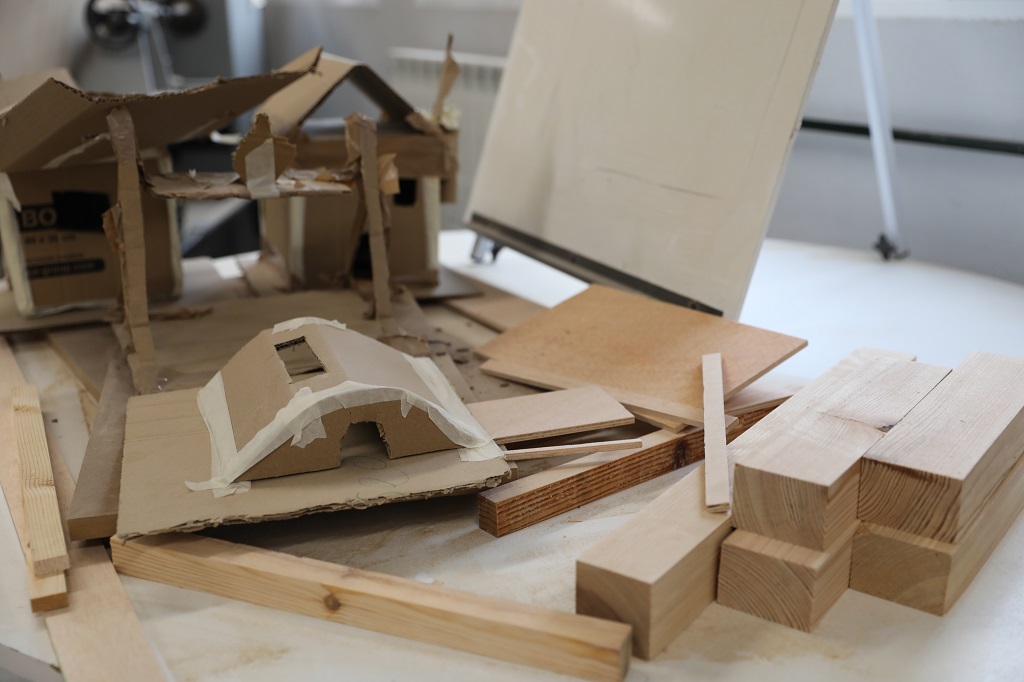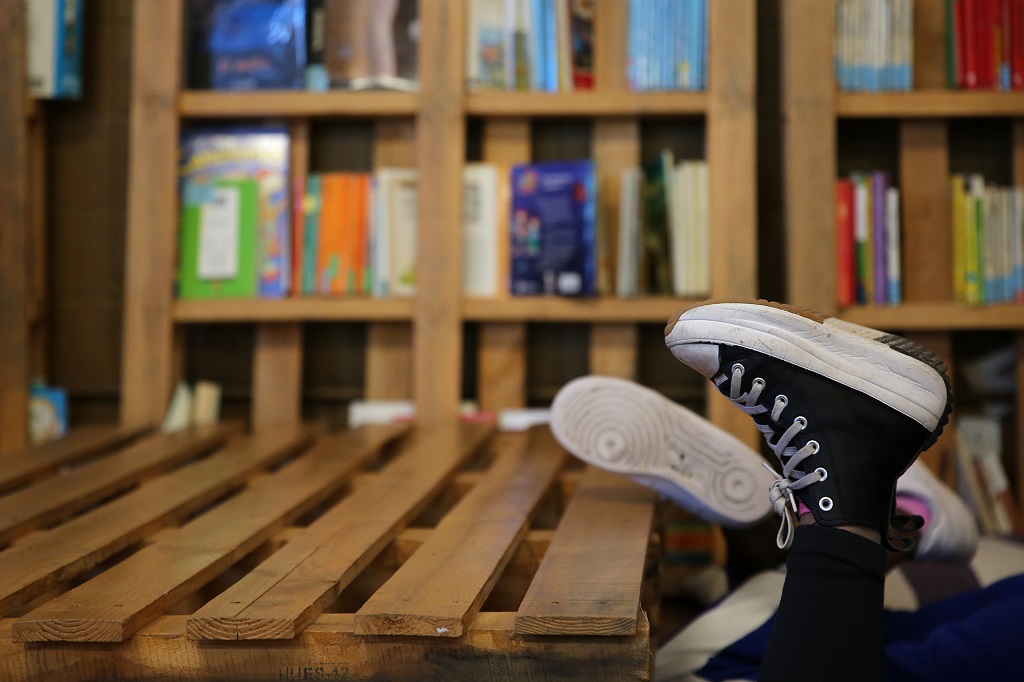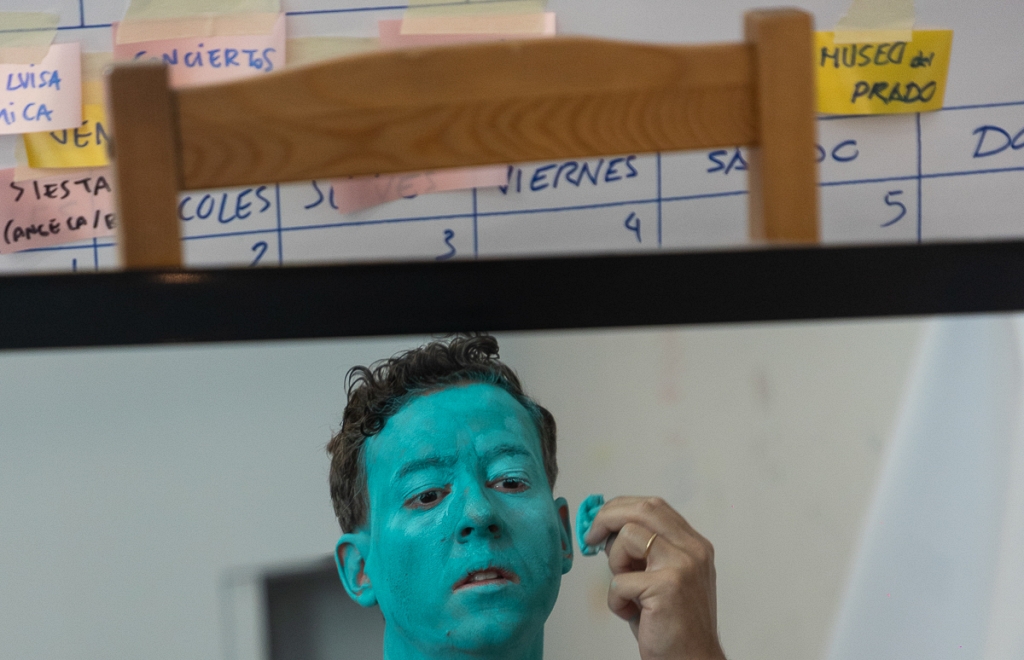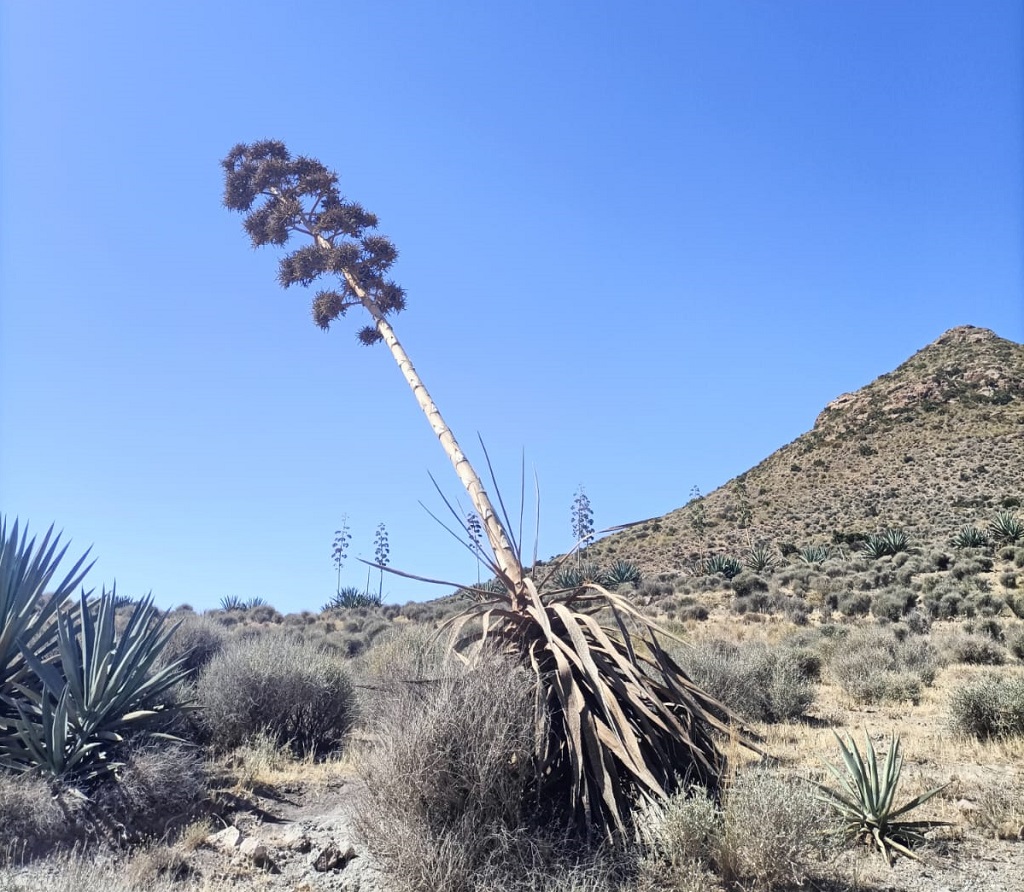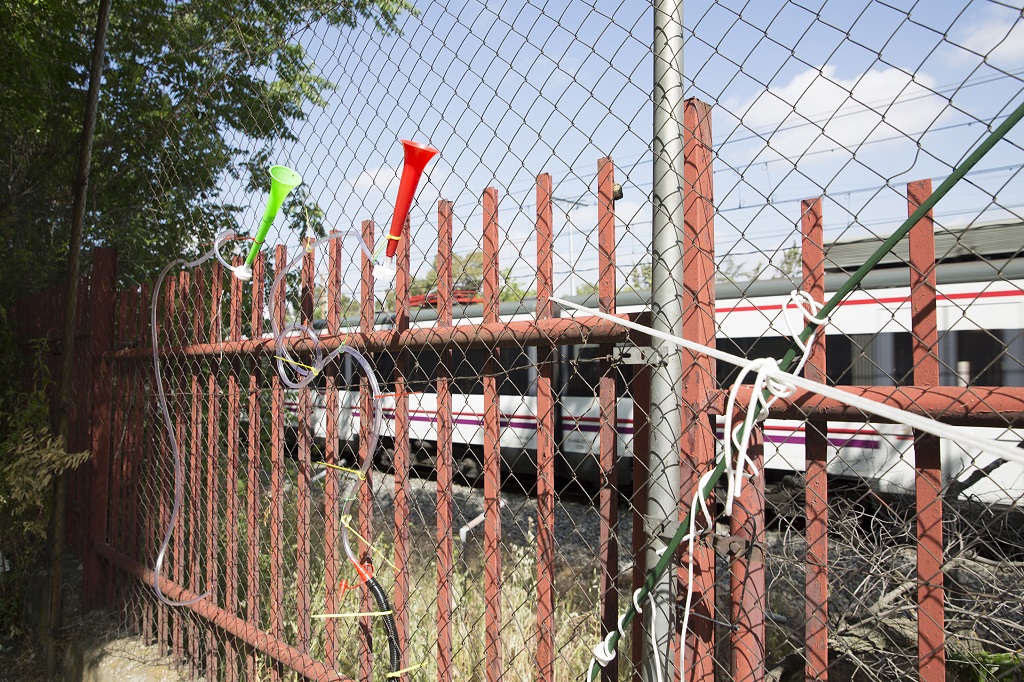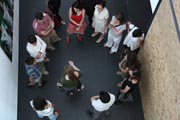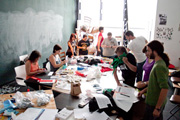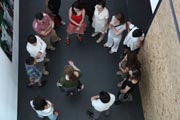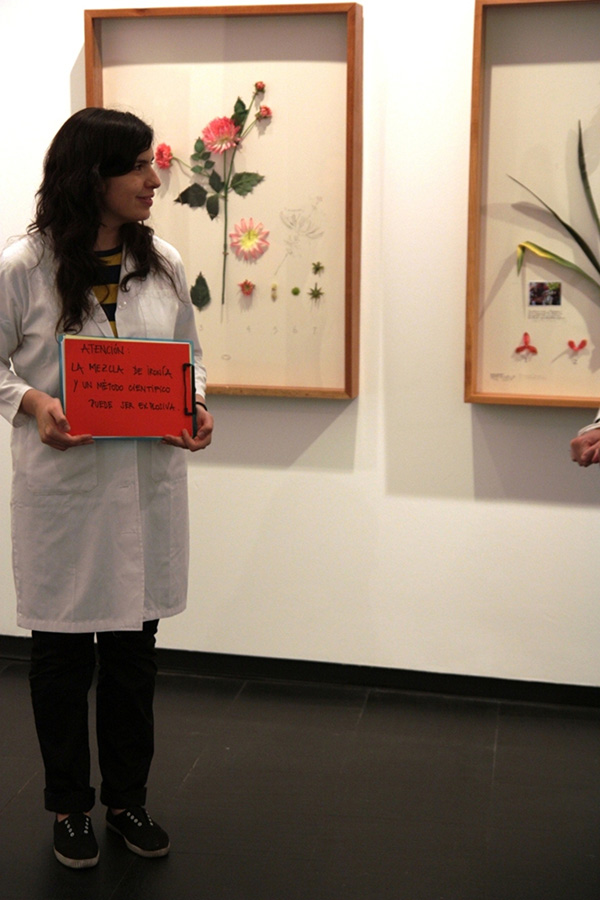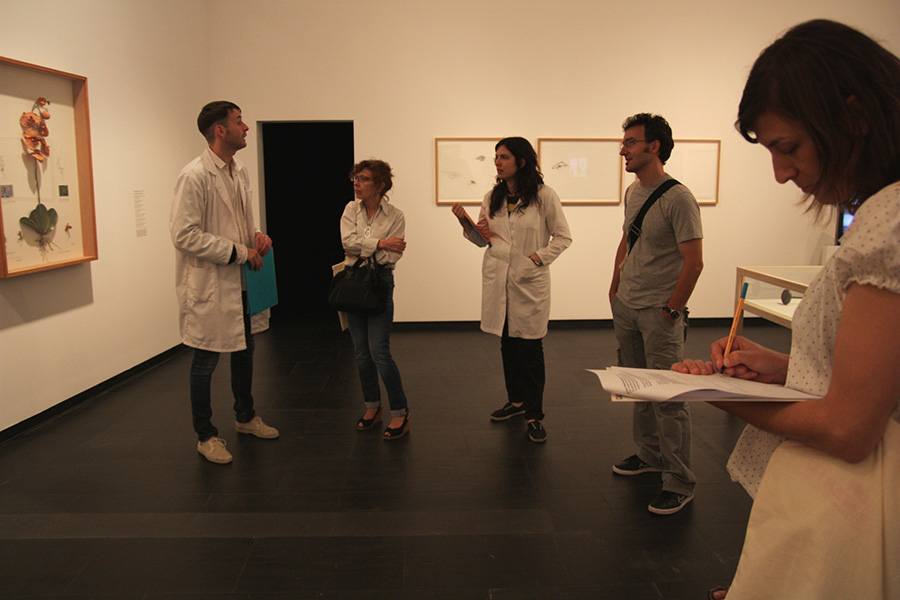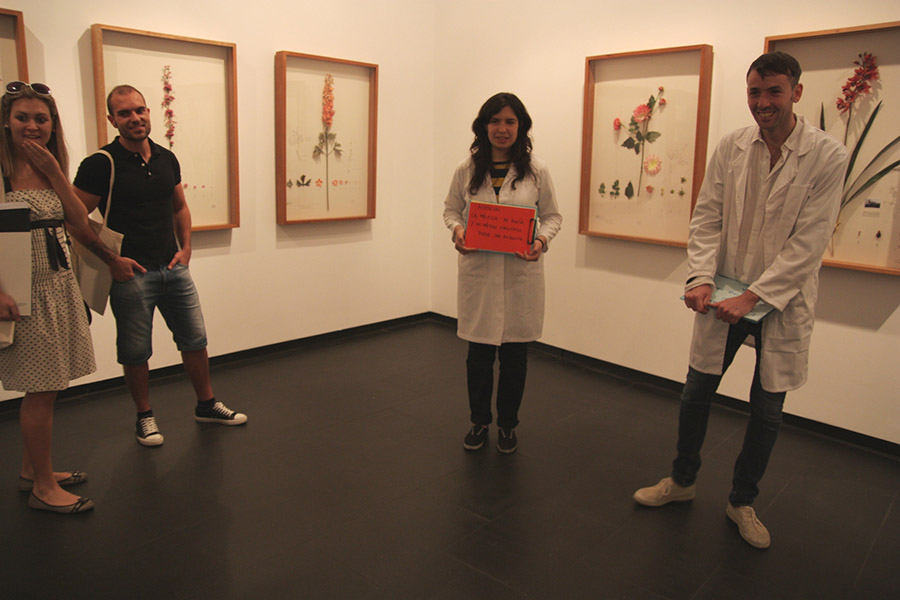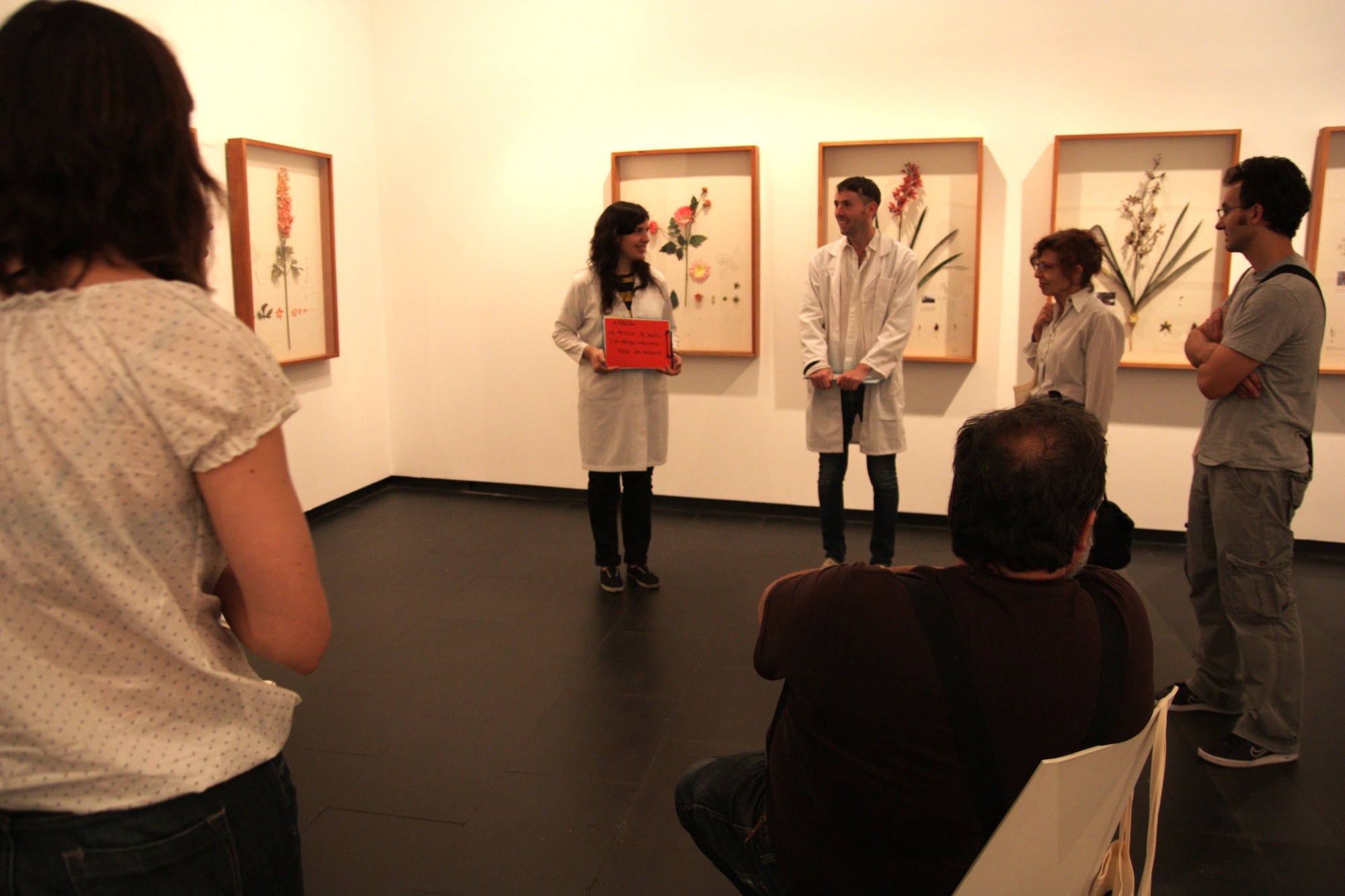Missing a Class is envisioned as an initial situated approach in context in which the CA2M Museum and a group of students from the Visual Arts and Artistic Expression in Primary School class at the Teacher Training and Education Faculty at the Universidad Autónoma de Madrid will collaborate over the course of an academic year to explore other ways of learning based on contemporary art.
This year, we’ve proposed holding classes in the museum, replacing the classroom with the exhibition rooms and asking ourselves from the start: What might a museum have to do with the university?
To do so, we want to start with the concept from gamer culture: ‘crafting’. In videogames, this term is often used to refer to the act of fashioning objects or materials based on others that already exist. Throughout our lives, we have been taught that knowledge is organised into watertight compartments insulated from one another, and institutions are viewed similarly. How can a museum and an education faculty work together to speculate on other configurations as alternatives to the dynamics of art education?
Based on this experience between the two institutions, we seek to inquire into the possibilities of cultural spaces in scholarly research while also weaving webs of collaboration to bring contemporary creation to the field of teacher training.
Missing a Class is envisioned as an initial situated approach in context in which the CA2M Museum and a group of students from the Visual Arts and Artistic Expression in Primary School class at the Teacher Training and Education Faculty at the Universidad Autónoma de Madrid will collaborate over the course of an academic year to explore other ways of learning based on contemporary art.
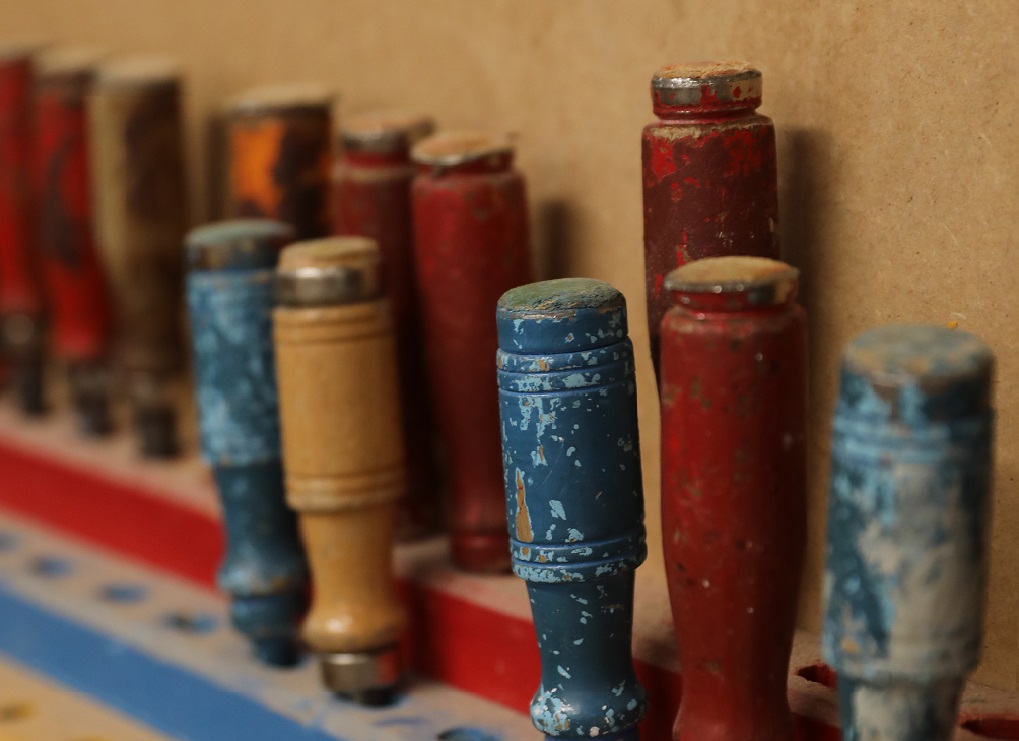
Picture: Sue Ponce.
